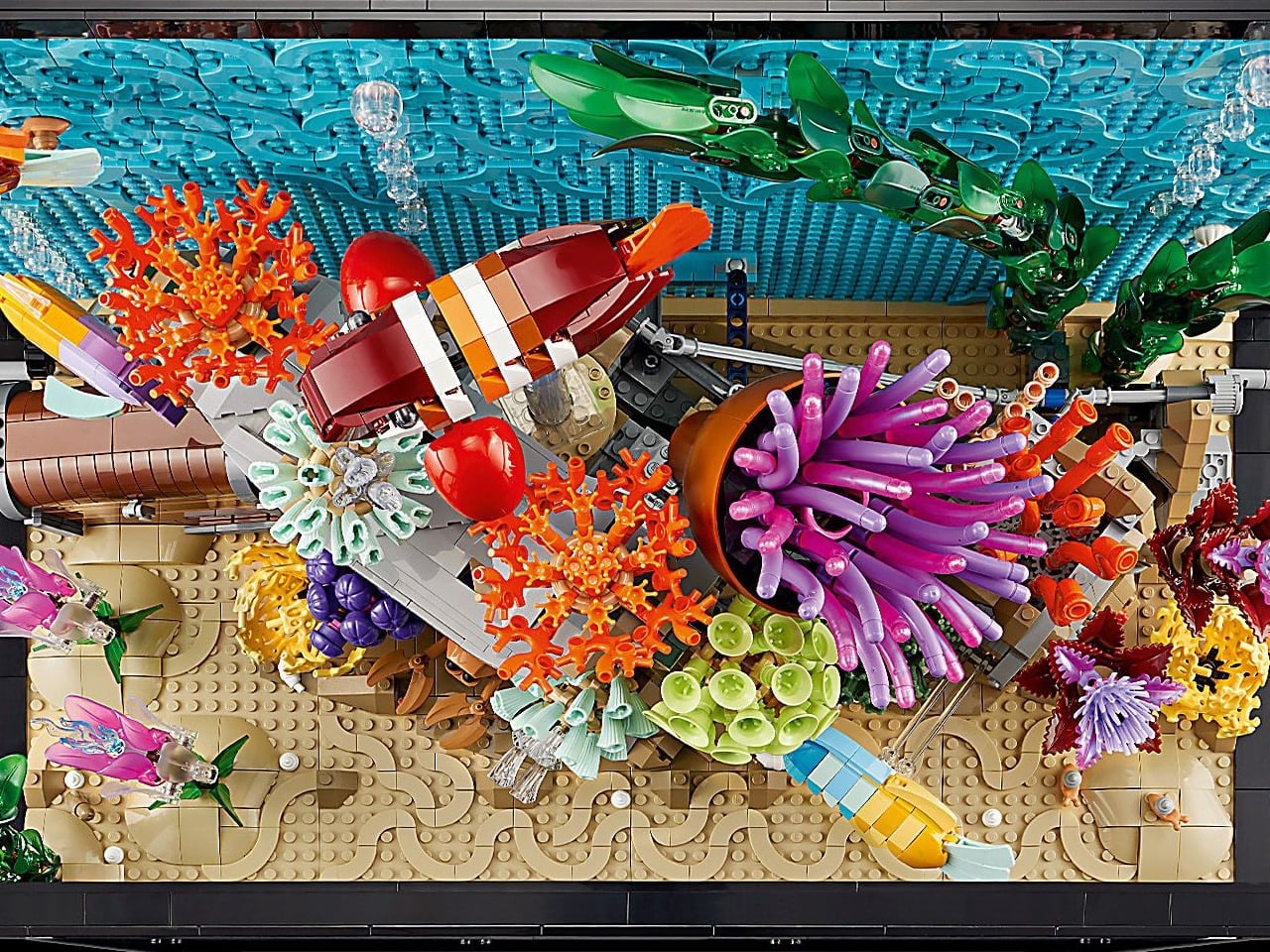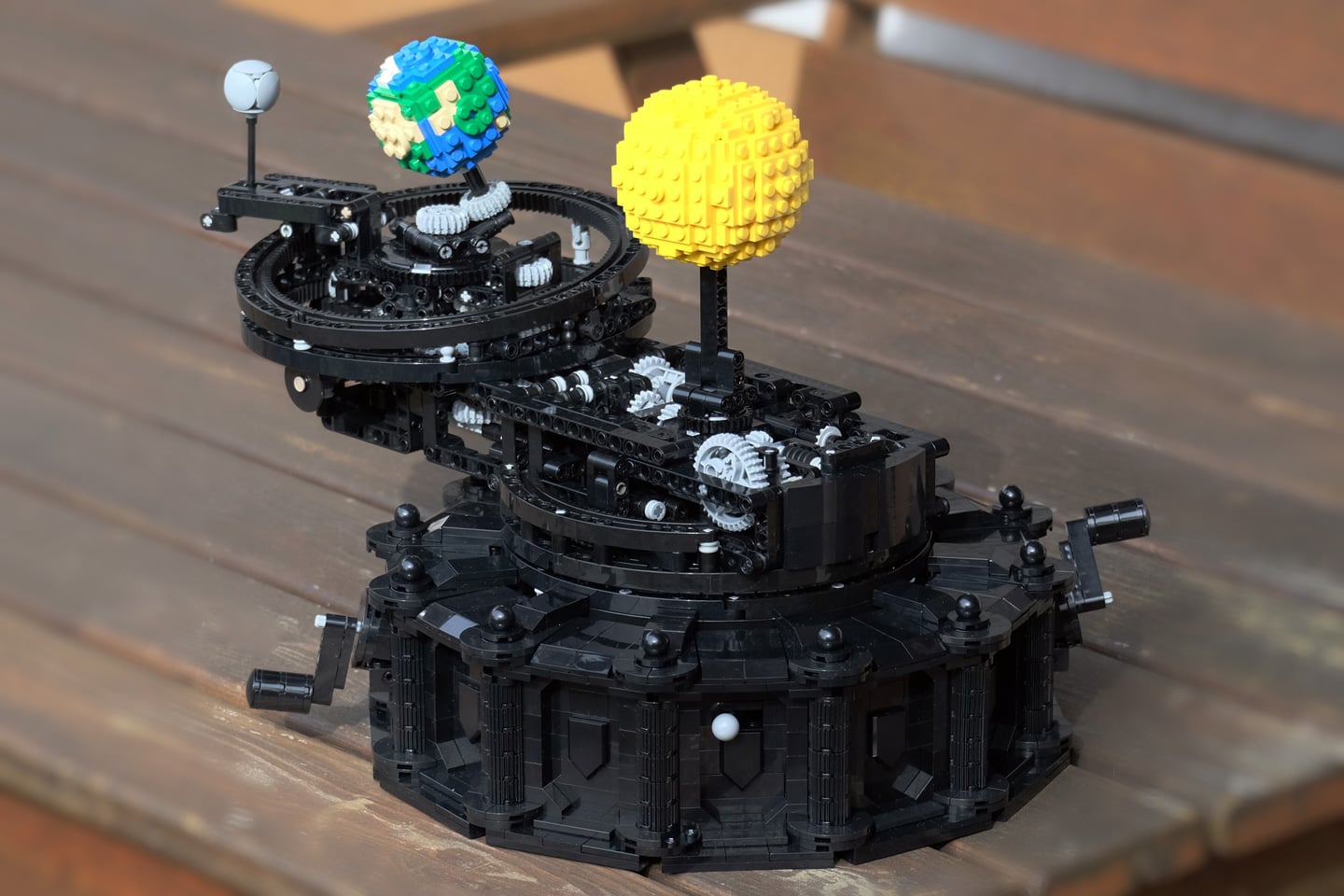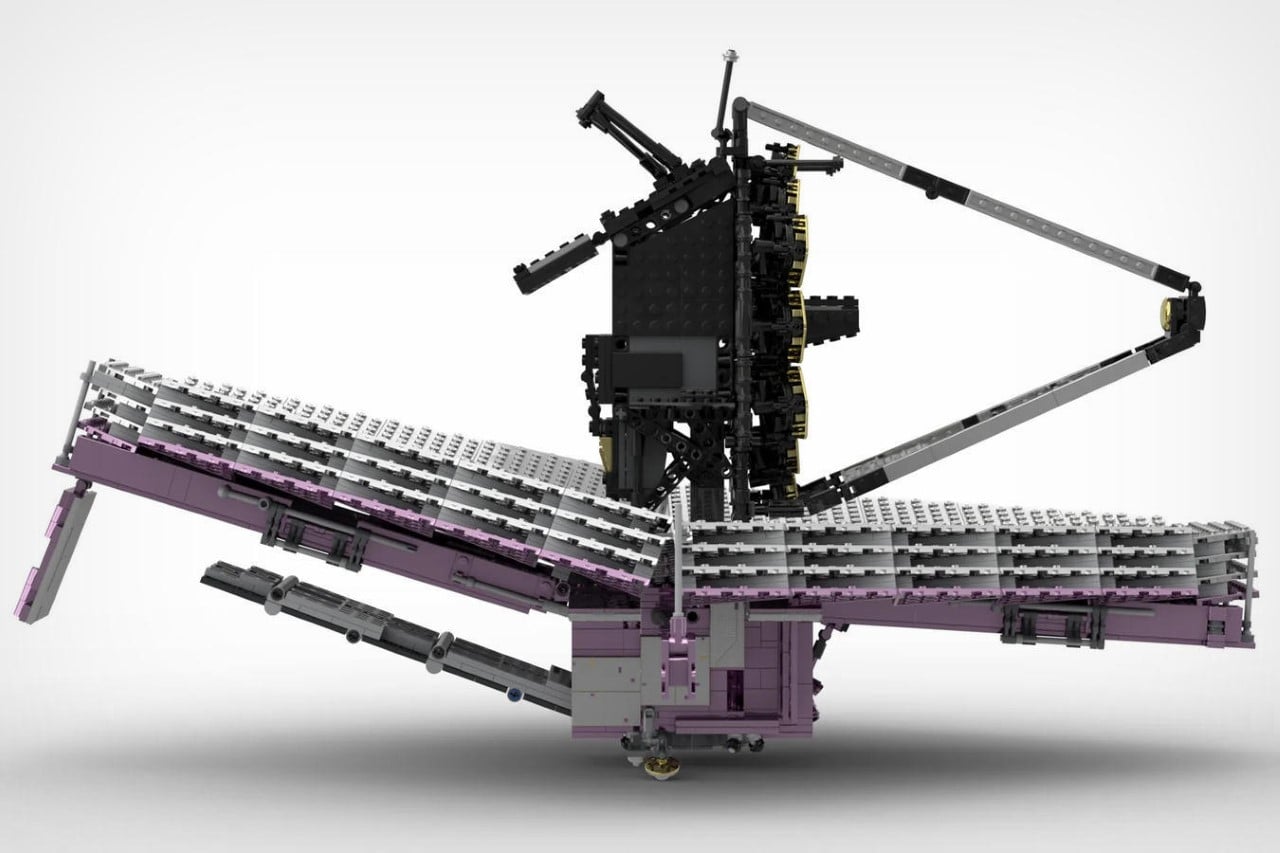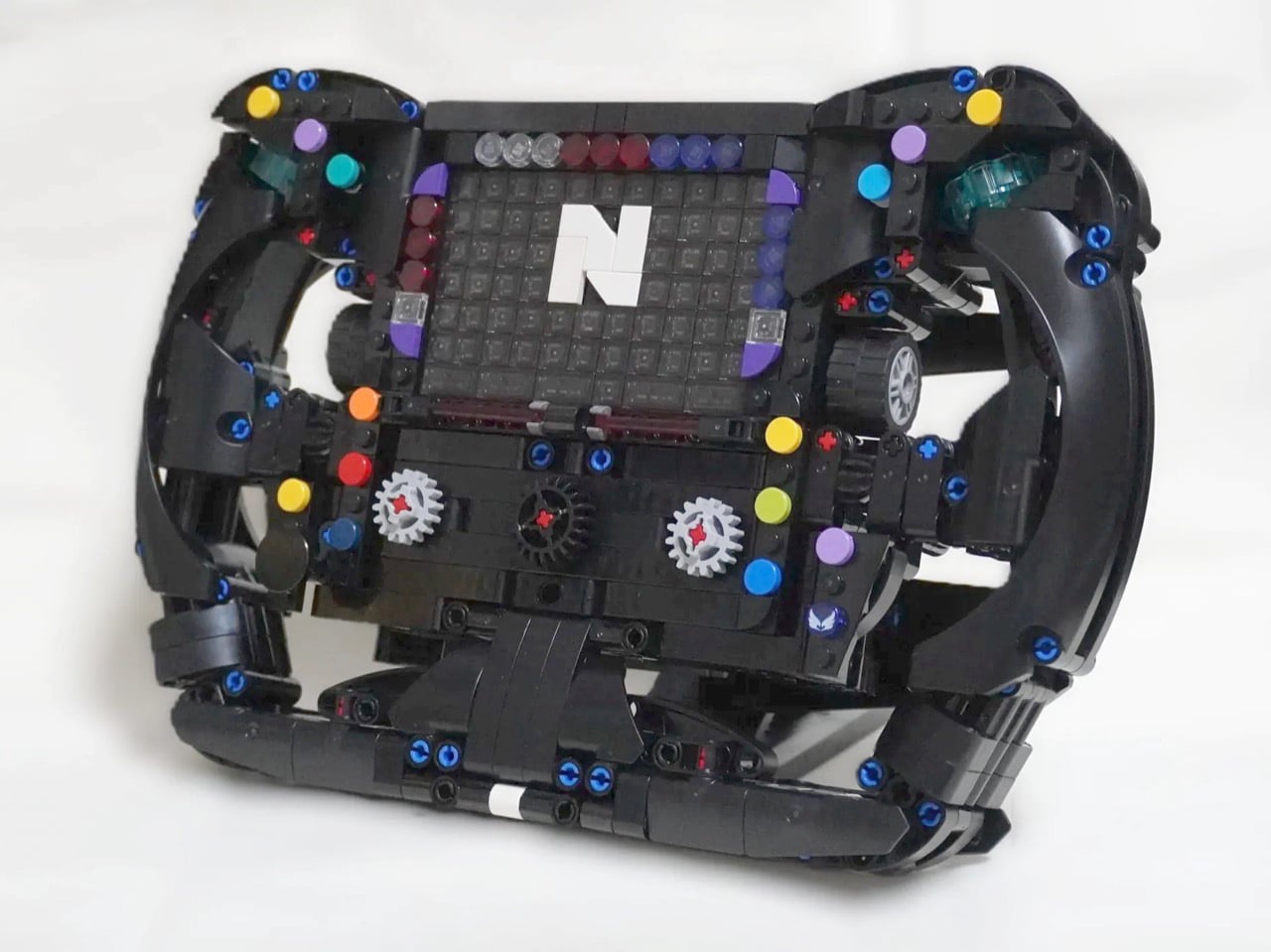
The landscape of premium LEGO construction has evolved far beyond childhood nostalgia into sophisticated engineering challenges that demand patience, precision, and genuine building expertise. Today’s most complex sets push the boundaries of what brick-based construction can achieve, incorporating intricate mechanical systems, massive piece counts, and revolutionary design techniques that transform static displays into interactive experiences.
These builds represent months of dedication, combining traditional construction skills with modern engineering concepts. Each set on this list exceeds 2,000 pieces and requires an …

The landscape of premium LEGO construction has evolved far beyond childhood nostalgia into sophisticated engineering challenges that demand patience, precision, and genuine building expertise. Today’s most complex sets push the boundaries of what brick-based construction can achieve, incorporating intricate mechanical systems, massive piece counts, and revolutionary design techniques that transform static displays into interactive experiences.
These builds represent months of dedication, combining traditional construction skills with modern engineering concepts. Each set on this list exceeds 2,000 pieces and requires an advanced understanding of structural integrity, gear systems, or complex assembly sequences. They’re designed for builders who view LEGO not as toys but as sophisticated construction systems capable of replicating real-world mechanical marvels and architectural achievements.
1. LEGO Icons Tropical Aquarium


The Icons Tropical Aquarium represents LEGO’s bold move into kinetic sculpture territory, transforming 4,154 pieces into a living mechanical ecosystem. Unlike traditional display sets that remain frozen in time, this aquarium breathes with movement through carefully engineered dial and crank systems that animate marine life. The November 13 release at $479.99 positions this as LEGO’s most ambitious attempt at merging engineering precision with artistic expression.
What sets this aquarium apart isn’t just its impressive piece count but its arrangement flexibility that transforms builders into underwater curators. Four model fish move through varied coral structures alongside animated seaworms, while an oyster shell reveals a hidden pearl through mechanical action. Every placement decision affects visual balance and movement patterns, requiring builders to think beyond simple assembly into spatial composition and kinetic choreography.
What we like
- Revolutionary kinetic movement system brings static display to life.
- Arrangement flexibility allows for personalized underwater compositions.
What we dislike
- High price point may limit accessibility for casual builders.
- Mechanical complexity requires ongoing maintenance for optimal movement.
2. LEGO Sun Earth Moon Orrery
** **
**
Marian’s stunning 2,303-piece Sun Earth Moon Orrery elevates LEGO construction into the realm of precision scientific instrumentation. This kinetic marvel doesn’t simply replicate planetary movement but accounts for Earth’s axial tilt, tracks lunar phases, and demonstrates both solar and lunar eclipses with astronomical accuracy. The 70 Technic gears create a mechanical symphony that transforms abstract cosmic concepts into tangible, hands-on learning experiences.
The orrery’s ornate design philosophy mirrors Da Vinci’s mechanical aesthetics while delivering modern engineering precision. The 10.6-inch twelve-faced base celebrates the calendar year, expanding to 20.9 inches when accounting for the moving celestial bodies. Manual hand-crank operation offers meditative building rhythm, while optional RC motor integration provides automated cosmic ballet that runs continuously for educational display purposes.
What we like
- Astronomically accurate planetary movements provide genuine educational value.
- Dual control options (manual/motorized) offer versatile display possibilities.
What we dislike
- The complex gear system requires precise calibration for smooth operation.
- Large footprint demands significant display space for proper appreciation.
3. LEGO James Webb Space Telescope Replica

The LEGO James Webb Space Telescope replica tackles one of modern engineering’s most complex achievements through brick-based construction that mirrors the actual satellite’s intricate folding mechanisms. This build captures the telescope’s launch-critical ability to fold into a compact configuration before unfolding in space, requiring builders to understand both structural engineering and the precise mechanical sequences that made the real JWST mission possible.
Every major subsystem finds representation in this meticulous replica, from the eighteen iconic hexagonal mirrors that form the light-gathering array to the layered sun shield that protects sensitive instruments. The secondary hinged mirror, science instruments, propulsion systems, and communications arrays all function through LEGO’s mechanical systems, creating an interactive educational experience that illuminates the genuine complexity behind space exploration’s latest triumph.
What we like
- An authentic folding mechanism provides hands-on understanding of complex engineering.
- Comprehensive subsystem representation offers deep educational insight into space technology.
What we dislike
- Extreme complexity may overwhelm builders without a technical background.
- Delicate folding mechanisms require careful handling to prevent damage.
4. Life-Size LEGO Formula 1 Steering Wheel


Vince_GT’s life-size Formula 1 steering wheel replica demonstrates how LEGO construction can perfectly capture the absurd complexity of modern racing technology. Real F1 wheels feature 9-12 rotary dials and over 12 buttons controlling everything from brake bias to differential settings, all packed into a rectangular profile that allows drivers clear sight lines over the wheel’s top edge.
This LEGO interpretation nails those authentic proportions within the 260-300mm diameter range used by Mercedes and Red Bull teams. Transparent dark teal accent pieces on the outer grips provide visual distinction, while the central display panel features customizable designs centered around a prominent “N” logo. The rectangular profile challenges traditional wheel construction assumptions, requiring advanced building techniques to achieve proper ergonomics and visual balance.
What we like
- Life-size proportions create an authentic racing simulation experience.
- Customizable display panel allows for personalized racing team branding.
What we dislike
- Complex button and dial integration may lack full functional capability.
- Specialized racing context limits appeal to a broader audience.
5. LEGO Titanic


The LEGO Titanic stands as a monument to both historical tragedy and construction ambition, stretching 54 inches from bow to stern with 9,090 precisely engineered pieces ᅟᅟ. This 1:200 scale recreation required LEGO’s designers to solve unprecedented challenges in structural integrity and historical accuracy, creating the longest LEGO set ever produced while maintaining the authentic proportions that made the original ship both magnificent and ultimately vulnerable.
Beyond mere scale, this set demonstrates advanced construction techniques through its multi-section assembly approach that mirrors actual shipbuilding methods ᅟᅟ. The detailed interior spaces include the ship’s bridge, promenade deck, and swimming pool, while working propellers and mechanical details bring maritime engineering to life ᅟᅟ. The building experience itself becomes a 25-hour journey through maritime history, requiring builders to understand both the ship’s grandeur and the engineering compromises that led to its tragic fate.
What we like
- Record-breaking length creates an impressive display piece with historical significance.
- Multi-section construction teaches authentic shipbuilding assembly techniques.
What we dislike
- Massive size requires dedicated display space and careful structural support.
- High piece count and lengthy build time may overwhelm casual builders.
The Evolution of Complex LEGO Construction
These five sets represent the cutting edge of what LEGO construction can achieve when freed from traditional toy constraints. Each pushes different boundaries: kinetic movement, scientific accuracy, space technology replication, motorsport simulation, and historical recreation. They demand not just building skills but a genuine understanding of the real-world systems they represent. Their complexity reflects LEGO’s recognition that adult builders seek challenges engaging both hands and minds.
What makes these builds truly advanced isn’t just their piece counts or assembly time but their ability to teach genuine skills. The Aquarium’s kinetic systems introduce mechanical engineering concepts while the Orrery provides hands-on astronomy education. These sets offer immersive educational experiences that transform abstract concepts into tangible understanding, creating conversation-sparking displays that demonstrate remarkable sophistication within LEGO’s seemingly simple building system.